Tennis
Novak Djokovic vs Rafael Nadal : When Drama Unfolded at French Open
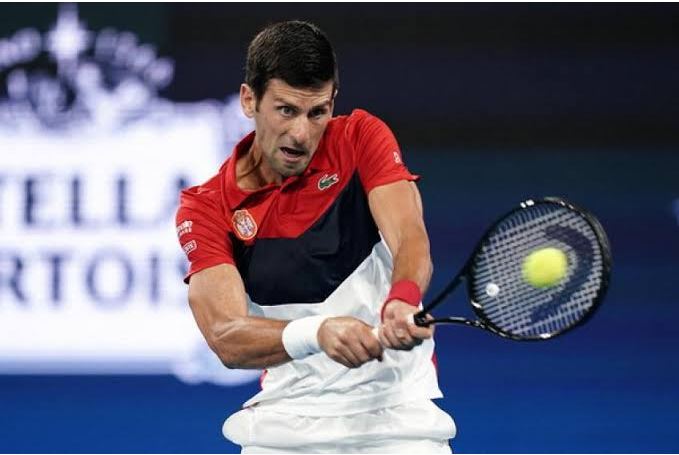
In the era of epic matches, Rafael Nadal and Novak Djokovic have produced many marathon matches in their career. There are some standout matches that the two arch-rivals have played against each other. The French Open 2013 semifinal was one such pulsating contest between the two legends. However, why is the match recorded as one of the most remarkable matches in the history of Roland Garros?
The Roland Garros 2013 semifinal was the doppelganger of their Australian Open final from the previous year. The nerve-wracking match in Melbourne lasted almost 6 hours and went to Djokovic 7-5 in the fifth set. Similarly, the see-saw saga in Paris came to an end after four hours and 37 minutes. However, this time Nadal found the edge 9-7 in the fifth set.
Rafael Nadal vs Novak Djokovic: The stirring display of tennis
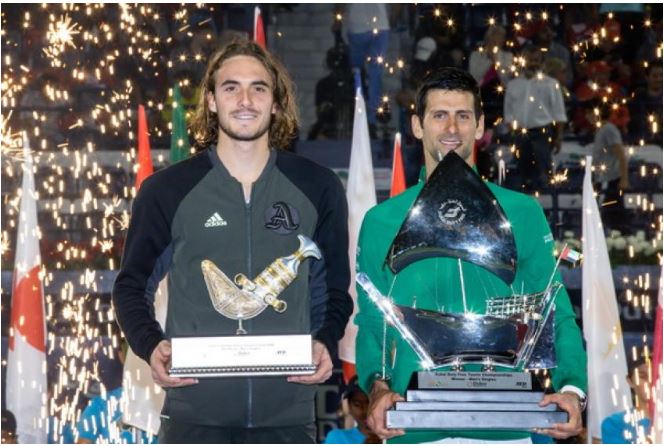
Nadal and Djokovic played one of the most engrossing semi-finals in the history of tennis. The Serbian was attempting to defeat Nadal for the first time at the French Open. On the other hand, Nadal was making a comeback after missing seven months with a knee injury and reach his first Grand Slam final after a year.
Both the players could not decipher the brilliant shot-making that his opponent was pulling off. The Spaniard was in disbelief with Novak’s line touching returns. On the other hand, Djokovic was awestruck with Rafa’s impossible shot-making as the Spaniard dug deep on every point.
Drama in every step of the way
Nadal failed to serve out the match in the fourth set as the 17-time Grand Slam winner played a gutsy game, denying his opponent a straightforward match. Novak then played some sensational tennis, hitting line-licking winners and claiming the fourth set.
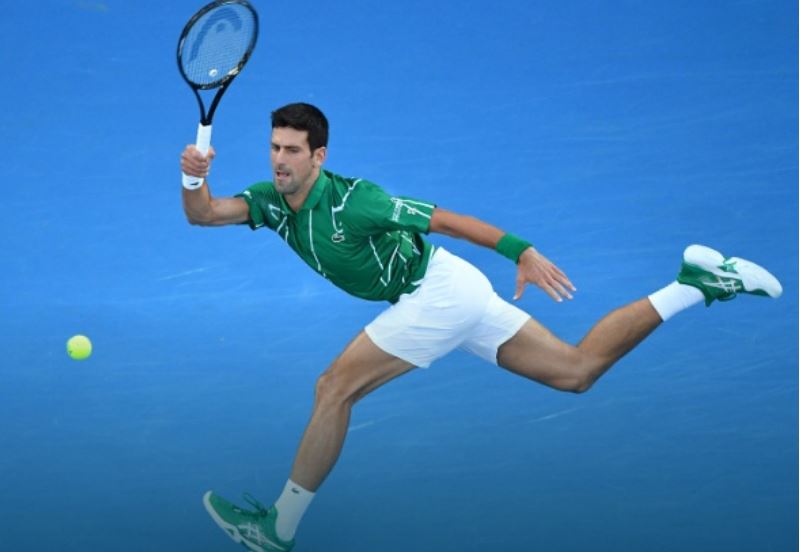
Furthermore, Djokovic was one the verge of becoming only the second player in 59 matches to beat the ‘King of Clay’ at the French Open. He cruised to a 4-2 lead in the final set. The merciless rallies continued, however, Nole made a match-changing blunder, letting slip his serve as the Mallorcan refused to yield.
Tension rose as the games ticked by with both the players keeping the opponent on his toes. However, Nadal was getting on Djokovic’s nerves as the latter missed several smashes and was also unhappy with the court. He also complained to the umpire about the slippery court as he lost focus towards the end.
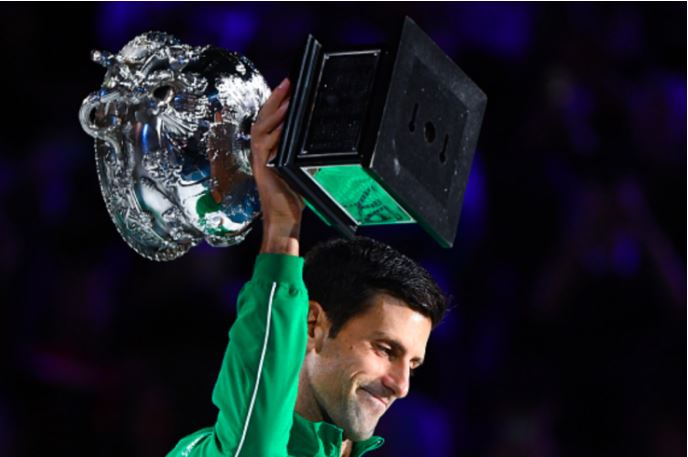
Subsequently, the Spaniard proved the stronger as the final set headed past one hour and 20 minutes. Nadal fired a forehand winner to earn three match points. Djokovic, who looked edgier, hit a tired forehand over the baseline. The then 7-time French Open champion reached his eighth final in Paris defeating Djokovic 6-4 3-6 6-1 6-7 (3-7) 9-7.
Two years later, Novak improved upon his game to defeat Nadal for the second time at the French Open since 2005. However, the 19-time Grand Slam champion has proved to be invincible on the Parisian clay with a winning percentage of 97.89%. It will be interesting to see if Djokovic can defeat Nadal again and complete his double career Grand Slam.
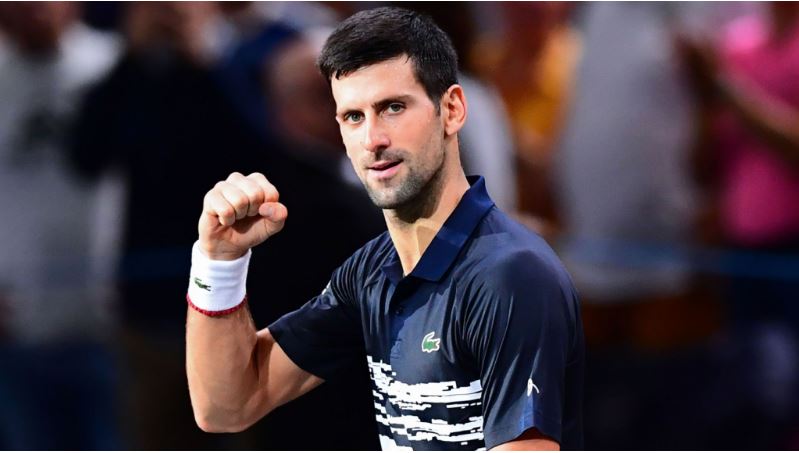
Why You Should Pay More Attention To Djokovic’s Serve
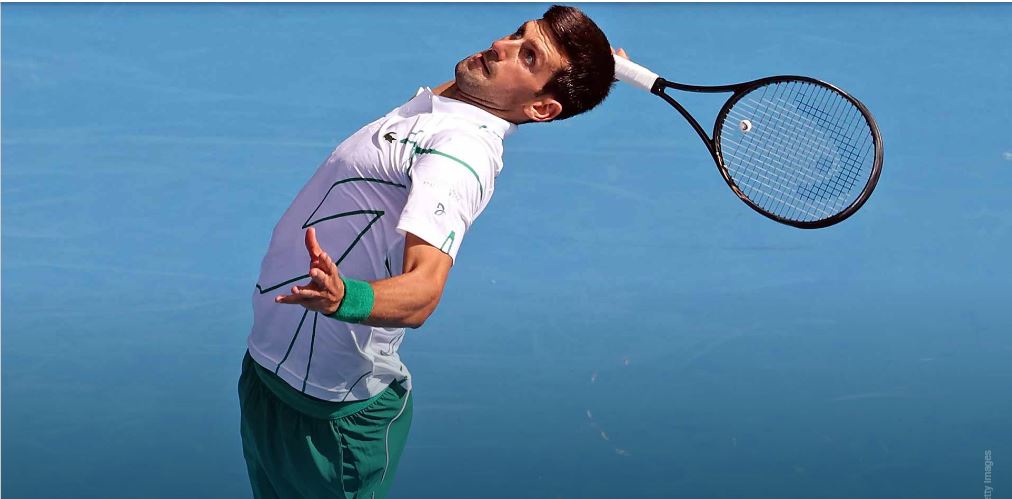
In the past, people didn’t often discuss World No. 1 Novak Djokovic’s serve. But the statistics show that it has long been among tennis’ best.
“You actually don’t think about his serve, which is kind of disrespectful to him in a sense, just because he does everything so well,” said John Isner, who ranks second all-time in service games won at 92 per cent. “You immediately talk about his return and of course his movement around the court, and his groundstrokes are the best in the world.”
Starting in 2011, Djokovic finished among the ATP Tour’s 10 best in service games won every season except for 2017, when he underwent right elbow surgery. The Serbian has averaged just more than five aces per match in his career according to Infosys ATP Scores & Stats, but he has still been effective.
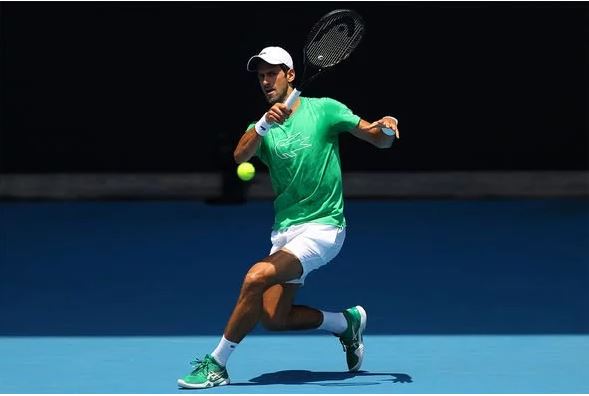
“He spot serves it very well. He won’t necessarily hit it 130 miles per hour, but he’s definitely improved that part of his game,” Isner said. “He would even say probably six or seven years ago that his serve was a bit of a liability. But now it’s not at all, and that’s why he’s the most dominant player in the game.”
Djokovic ranks fifth in career second-serve points won (56%) and 14th in career service games won (86%). The 32-year-old has won a higher rate of service games than players known for their big serves — Goran Ivanisevic and Mark Philippoussis — as well as former World No. 1s Rafael Nadal, Jim Courier, Andre Agassi, Stefan Edberg, Ivan Lendl and more.
Reilly Opelka, who was second on the ATP Tour in aces last season, believes that Djokovic has a strong serve, and knowing that his stunning baseline game is there to back it up makes breaking the Serbian a daunting task for returners.
“I think it’s moreso because of everything else in his game. He does serve very well. But he’s breaking serve [more than 30 per cent] of the time, which is ridiculous,” Opelka said. “Obviously when you give him the first strike of the ball, it’s going to be even higher. He does serve well and it’s not talked about. But it’s really the rest of his game that makes him impossible to break.”

Djokovic has outpaced his average rate of service games won (86%) this season. He has won nearly 90 per cent of his service games in 2020, up from 87 per cent in 2018 and 88 per cent in 2019. That has helped Djokovic to an 18-0 start, leading Team Serbia to ATP Cup glory, triumphing at the Australian Open and lifting the trophy in Dubai.
“I’m hitting everything I can in terms of the variety of spin, slice, flat, hitting the spots, body, wide, T. I’m trying to mix it up all the time. Obviously depends who I play against. Obviously I have different tactics depending on the opponent,” Djokovic said after defeating big-serving Milos Raonic in the Australian Open quarter-finals. “I feel that my serve this year so far in the ATP Cup and also the Australian Open has been terrific. It’s allowed me to win a lot of free points.
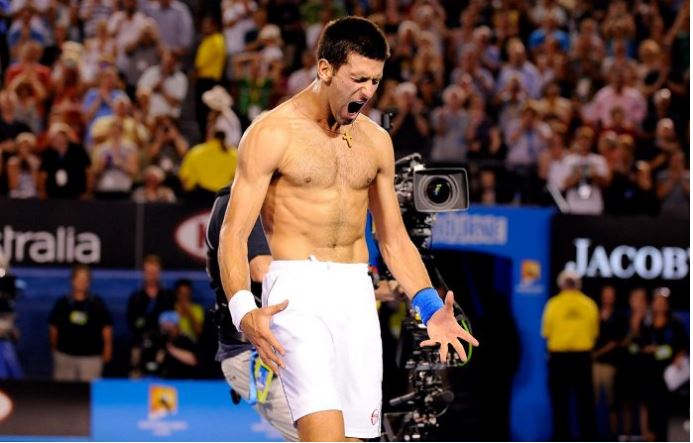
“When I’m serving well and getting a high percentage of first serves in, it allows me to feel more comfortable, more confident, step in and play at the higher level of tennis.”
In 2017 and 2018, when Djokovic dealt with right elbow issues, he abbreviated his service motion before abandoning that adjustment. Ever since, the Serbian has been devastatingly good on serve. What’s scary for his opponents is that he’s working hard to make the stroke even better.
“We worked a lot in the off-season on my serve. I’m feeling great. I have a great rhythm. Obviously I know that different surfaces, different times, require different adjustments,” Djokovic said. “But in terms of the way I’ve been serving now, it has been some of the best serving I’ve had in my career.”
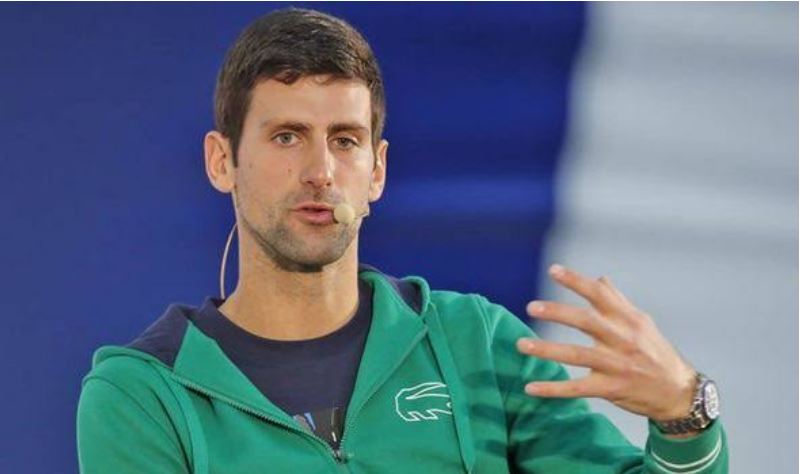
Other players have taken notice. Djokovic’s serve isn’t often praised as much as the rest of the game. But when you realise how effective it is, the idea of facing him becomes more intimidating.
“He doesn’t have a weakness. He just doesn’t. That’s why he’s No. 1 in the world, he’s one of the greatest players of all-time. He’s only a few Grand Slams now behind the all-time record,” Isner said. “It’s pretty incredible what he’s doing.”






























